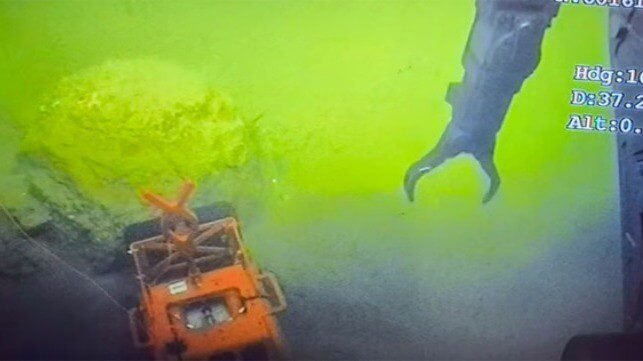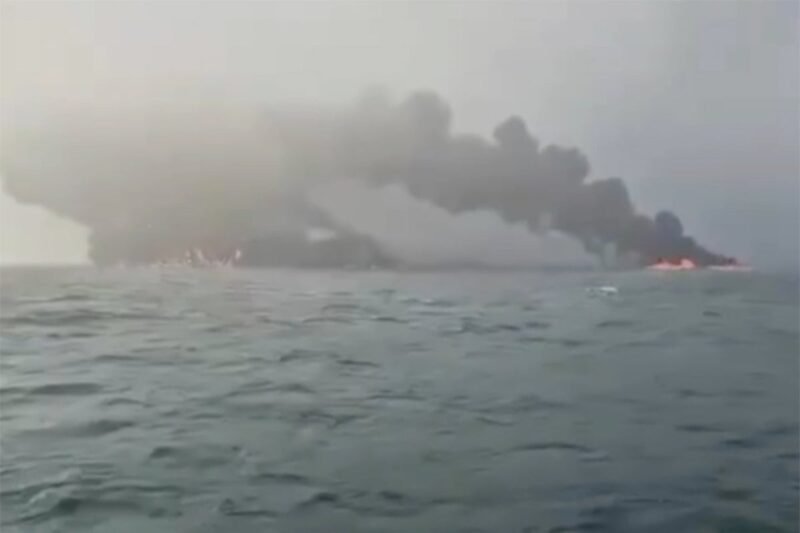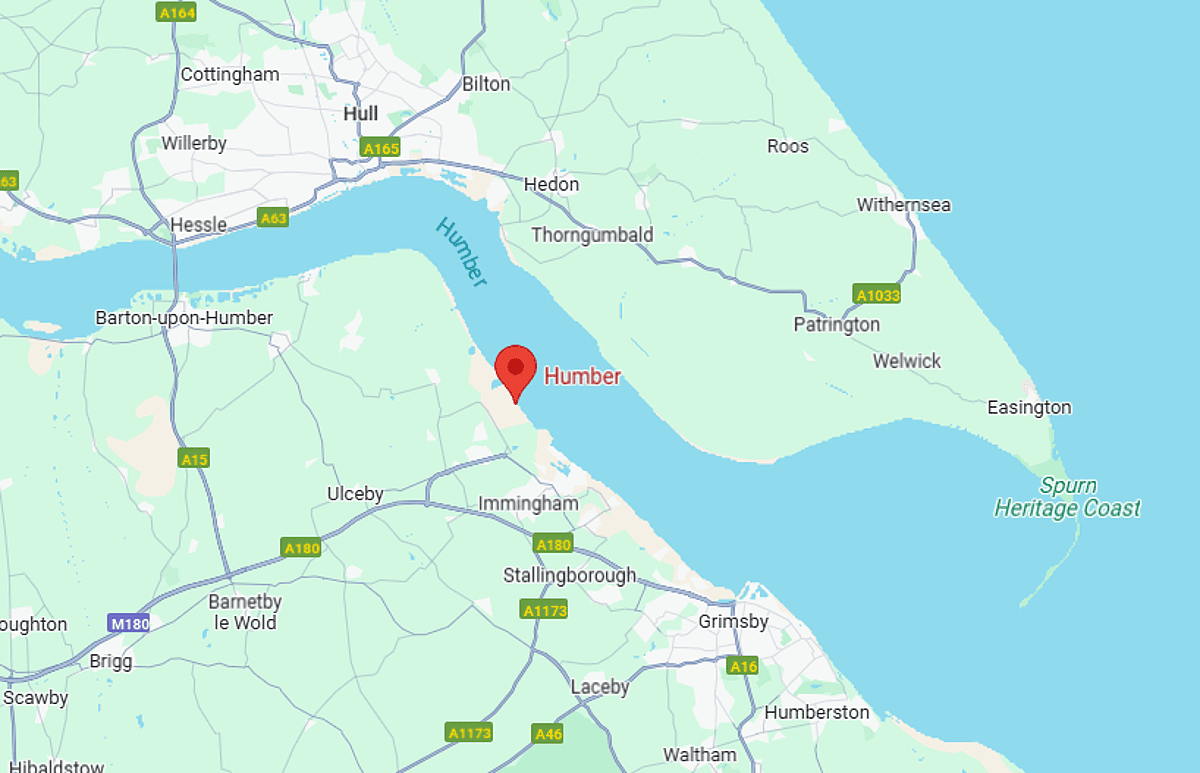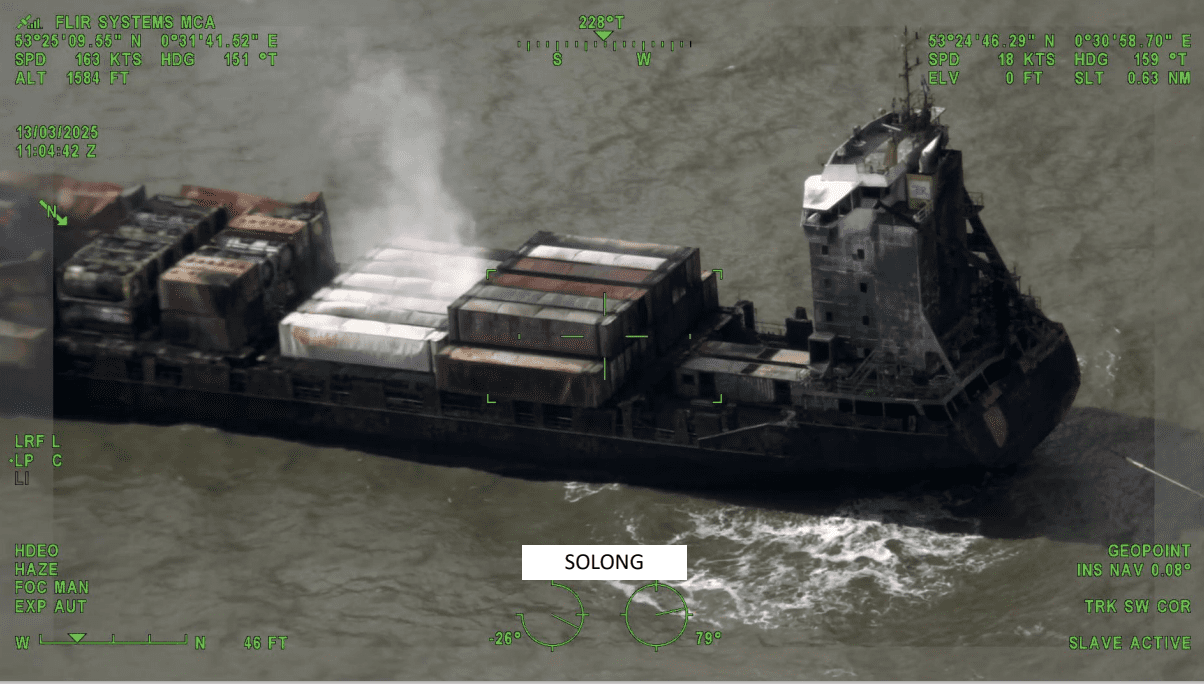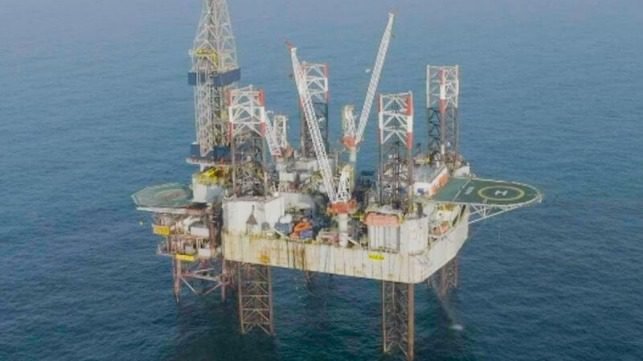Teams surveying the site for Germany’s largest offshore wind farm, the Nordlich project, recently cleared unexploded World War II ordnance as part of their geoscience efforts ahead of construction. Located over 50 miles north of Borkum Island in the North Sea, this site is crucial for the project, which Vattenfall plans to begin constructing in March 2025. The initial phase, Nordlich 1, will have a capacity of approximately 980 MW, with a subsequent phase adding another 630 MW. The wind farms are anticipated to be operational by 2028.
Over the last two years, extensive geophysical surveys of the seabed revealed magnetic anomalies, suggesting the presence of metal objects underwater. Expert analysis confirmed the existence of three sea mines, each capable of an explosive force equivalent to 200 to 300 kg of TNT. With many such remnants still hidden beneath the seabed, it was essential to remove these hazards before construction could commence.
The removal process involved a complex permitting procedure, culminating in September when Vattenfall received approval for controlled explosions of the mines. Coordination with RWE, which is conducting pile driving nearby, was necessary, along with the management of seven supporting vessels for the operation. To mitigate noise from the blasts, a 90-meter-long “bubble curtain” vessel was deployed, creating a barrier of air bubbles to dampen sound.
With the successful clearance of the site, Vattenfall is now one step closer to advancing the construction of the Nordlich wind farm.
Share it now


